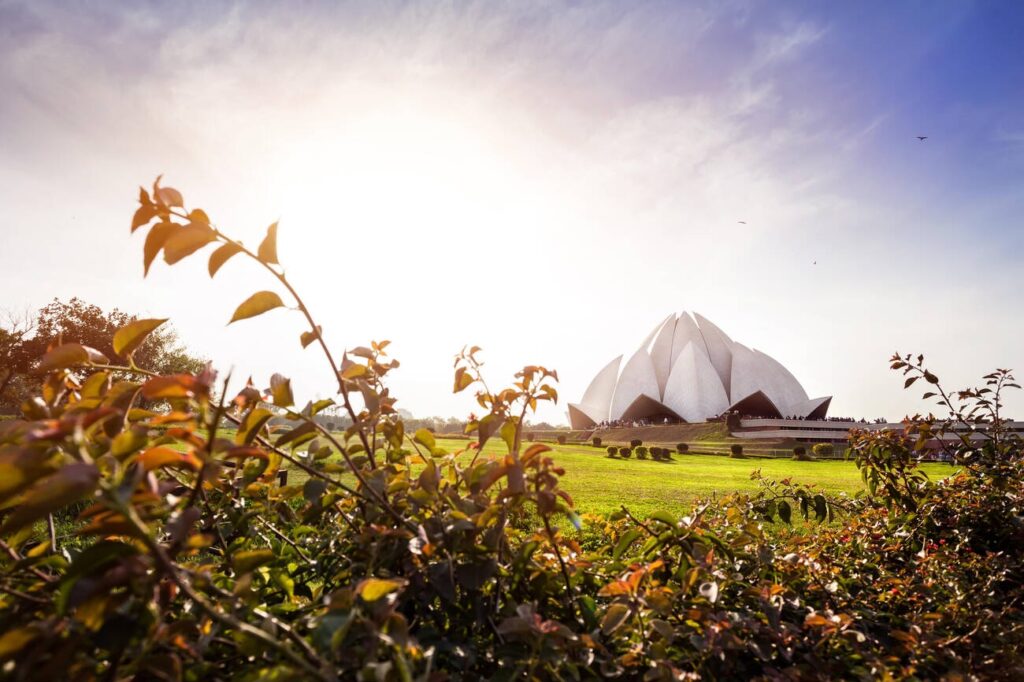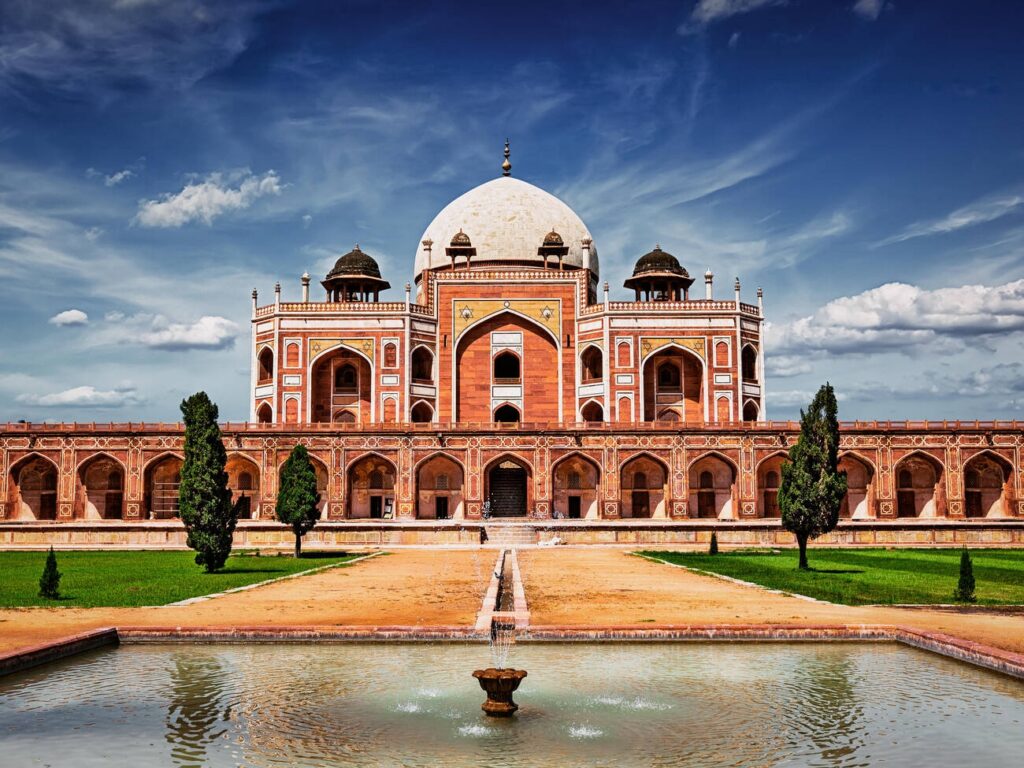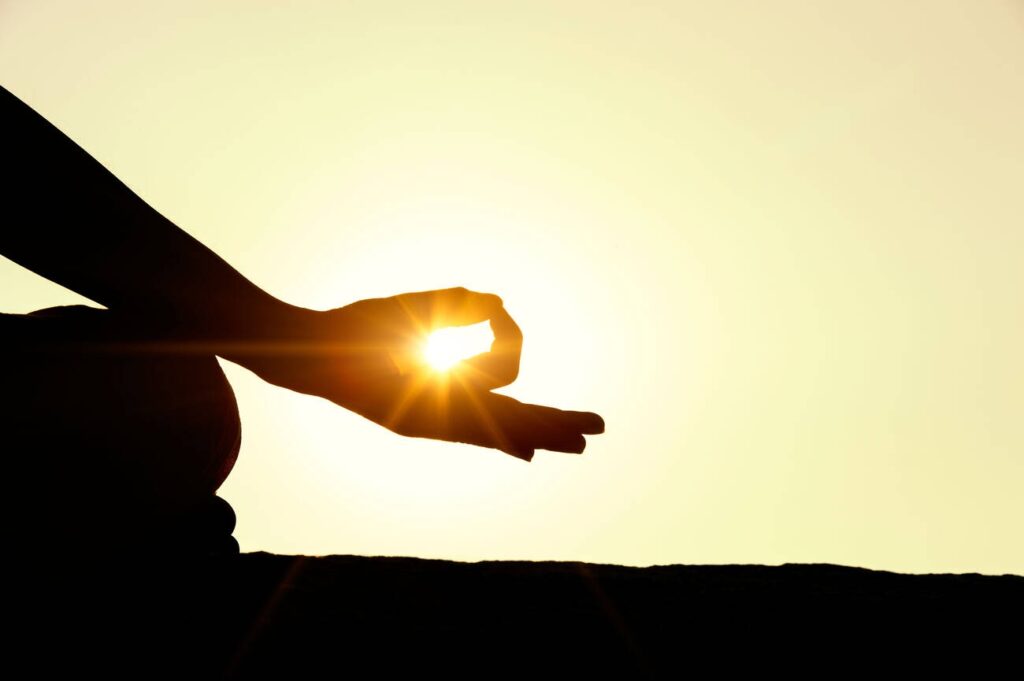Introduction

The Lotus Temple is one of India’s most remarkable architectural wonders and a globally recognized symbol of peace, unity, and spirituality. Situated in New Delhi, this stunning structure is dedicated to the Bahá’í Faith but welcomes people from all religions and backgrounds. The temple, designed in the shape of a lotus flower, serves as a tranquil sanctuary for meditation and self-reflection amidst the bustling city life. This blog delves into the history, location, best visiting times, nearby attractions, and benefits of visiting this iconic monument.
History of the Lotus Temple
The Lotus Temple was commissioned by the Bahá’í community and designed by Iranian-Canadian architect Fariborz Sahba. Construction began in 1980 and was completed in 1986. The temple is dedicated to the teachings of the Bahá’í Faith, which emphasizes the oneness of humanity and the unity of all religions. Since its inauguration, the Lotus Temple has received numerous architectural awards and has become one of the most visited religious sites in the world, attracting millions of visitors annually.
Where is the Lotus Temple Located?
The Lotus Temple is located in the southern part of New Delhi, India. Its exact address is:
Lotus Temple Road, Bahapur, Shambhu Dayal Bagh, Kalkaji, New Delhi, Delhi 110019, India.
It is easily accessible by various modes of transportation, including metro, bus, and taxi services. The nearest metro station is Kalkaji Mandir Metro Station, which is just a short walk from the temple.
How Far is the Lotus Temple from the Airport?
The Lotus Temple is approximately 18 kilometers from Indira Gandhi International Airport in New Delhi. Depending on the traffic conditions, the journey by car or taxi can take around 40 to 60 minutes. Visitors can also opt for the Delhi Metro from the airport to reach the temple efficiently.
Best Time to Visit the Lotus Temple

While the Lotus Temple is open throughout the year, the best time to visit is during the winter months (October to March). During this period, the weather in Delhi is pleasant, making it comfortable to explore the temple and its surroundings. Avoid visiting during the peak summer months (April to June) as temperatures can soar above 40°C, making outdoor exploration challenging. The temple is also less crowded during weekdays compared to weekends and public holidays.
Timings and Entry Fee
- Opening Hours: 9:00 AM to 5:30 PM (Winter), 9:00 AM to 7:00 PM (Summer)
- Closed on Mondays
- Entry Fee: Free for all visitors
Nearby Attractions
Several attractions near the Lotus Temple make it a perfect spot for a full-day itinerary. Some of the nearby places to explore include:

- ISKCON Temple (2 km): A beautiful temple dedicated to Lord Krishna, offering a spiritual and cultural experience.
- Kalkaji Temple (1 km): One of the oldest Hindu temples in Delhi, dedicated to Goddess Kali.
- Humayun’s Tomb (6 km): A UNESCO World Heritage Site and a magnificent example of Mughal architecture.
- India Gate (10 km): A historic war memorial and a popular tourist destination.
- Qutub Minar (12 km): Another UNESCO-listed monument and one of the tallest brick minarets in the world.
- Connaught Place (12 km): A vibrant shopping and dining hub in Delhi.
Advantages of Visiting the Lotus Temple

- Architectural Marvel: The unique lotus-shaped structure stands as a testament to modern engineering and creativity.
- Serene Ambience: The peaceful environment makes it an ideal place for meditation and relaxation.
- Spiritual Inclusivity: Open to people of all faiths, promoting religious harmony and unity.
- Free Entry: Unlike many tourist attractions, there is no admission fee, making it accessible to all.
- Photography Opportunities: The temple and its surrounding gardens provide a picturesque setting for photography enthusiasts.
- Educational Experience: Visitors can learn about the Bahá’í Faith and its principles of unity and peace.
Conclusion
The Lotus Temple is more than just an architectural marvel; it is a beacon of peace, spirituality, and unity. Whether you are a traveler seeking tranquility, a photographer looking for stunning visuals, or a spiritual seeker searching for a moment of reflection, the temple offers a unique experience to all. A visit to the Lotus Temple is a must when in Delhi, as it provides a perfect blend of culture, history, and modern architecture.
Is there any entry fee for visiting the Lotus Temple?
No, entry to the Lotus Temple is free for all visitors.
Is photography allowed inside the Lotus Temple?
Photography is allowed in the outer premises but not inside the main prayer hall.
Are guided tours available at the Lotus Temple?
While there are no official guided tours, volunteers are available to provide information about the temple and its significance.
Are food and drinks allowed inside the Lotus Temple?
No, food and drinks are not allowed inside the temple premises to maintain cleanliness and respect the sanctity of the place.
Is there a dress code to visit the Lotus Temple?
There is no strict dress code, but visitors are advised to dress modestly as it is a place of worship.

